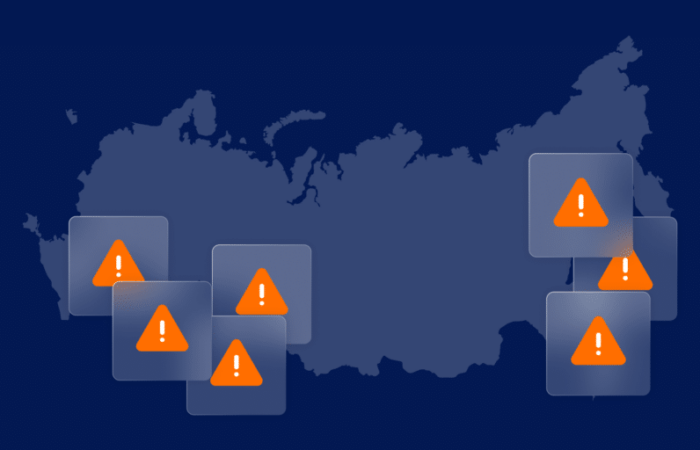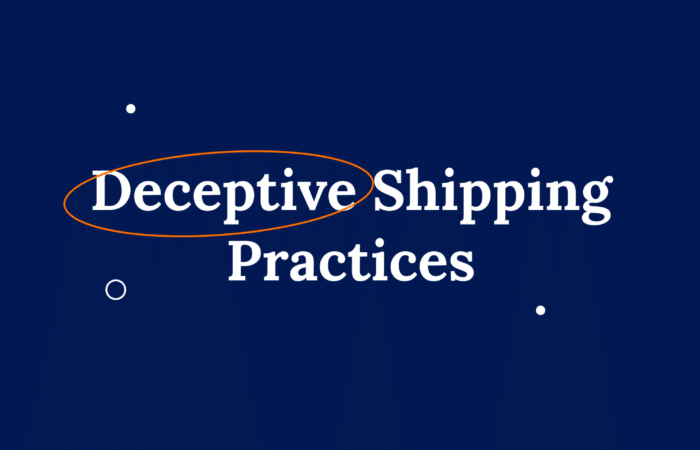What’s inside?
The Venezuelan oil industry, which once served as the country’s major financial resource, is now under additional pressure. Sanctions imposed on the country severely limited its ability to trade the crude oil on which it relied for economic growth. As a result, more and more Venezuelan oil tankers were found to be violating sanctions.
Normally this would pose a problem only for Venezuelan oil companies, but the interwoven nature of the global tanker fleet and the latest advisories have changed this.
Companies’ responsibilities increase as a result of the latest advisories, and companies must ensure they, and the vessels they engage with, are not violating sanctions. This becomes increasingly complex as the interconnectedness of the global oil tanker trade is unveiled.
Sofia Vargas from C4ADS, Michael Horowitz from Windward, and Arthur Richier from Vortexa recently discussed the volatility of maritime trade by highlighting the effects seen across maritime trade and oil when looking at the sanctions environment in Venezuela and the far-reaching implications of that on the global tanker fleet.
To view the entire webinar, click here. To view our top takeaways, continue reading below:
Key takeaways
1. The effects of sanctions are not what you’d expect
An investigation by C4ADS using several data sources including Palantir, IHS and Windward, sought to understand the true impact of sanctions on Venezuela. The number of vessels openly making port calls in Venezuelan waters significantly decreased due to the sanctions (580 ships appeared in the year before the U.S. imposed sanctions, 214 in the year after sanctions, and 130 ships operated before and after sanctions). However, that does not mean Venezuelan oil tankers did not conduct activities.
2. The interconnectedness of maritime is responsible for global oil flow
While U.S. sanctions were imposed on Venezuelan oil, that did not stop Venezuelan oil from reaching over 24 countries. Not only is oil trade global, but so is the ship ownership; Shipowners and managers of Venezuelan tankers come from 28 countries. The maritime industry’s very nature has led to Venezuelan oil becoming an integral part of the global oil flow.
3. It’s not about what you see; it’s about what you don’t see
To truly understand the interconnectedness of the global oil tanker fleet, it is crucial not only to examine what is visible but also what is hidden beneath the surface. The joint Windward and Vortexa report, “The interwoven global tanker trade,“ used dark activity data and ship-to-ship transfers to unveil what tankers trading in Venezuelan oil tried to hide. Examining vessels carrying Venezuelan cargo revealed a large concentration of deliberate AIS turnoffs off the coast of the country; however, it also revealed large concentrations of dark activity in the Eastern Mediterranean, the Persian Gulf, and the coast of Malaysia. Nearly 80% of the examined fleet engaged in dark activity and a majority of them were repeat offenders. Going beyond the surface enables a deeper understanding of potential risks.
4. Companies can be exposed to risk without knowing
Companies that think that because they do not visit Venezuela or because they examine port calls, they are not at risk are wrong. A large majority of unsanctioned high-risk tankers do not have a port call in Venezuela but have engaged in suspicious loitering off the coast of Venezuela, have dark activities, and a high number of ship-to-ship engagements. For example, tankers that were taking on Venezuelan cargo were 2.5 times more likely to engage in STS in Malaysian waters. This poses a significant risk to businesses. To protect their operations and avoid engaging with sanctionable vessels, businesses need to conduct a deeper Know Your Vessel (KYV) due diligence process or increase their potential risk exposure.
5. Technology can filter through the noise of data
Filtering out what vessels engage in legitimate operations and which are potentially violating sanctions can become difficult if the net is cast too far. For example, examining all ships in Venezuelan waters would result in a large number of false positives, wasting valuable time, energy, and resources. However, artificial intelligence (AI), machine learning (ML), and advanced algorithms can accurately pinpoint suspicious activity, providing organizations the ability to gain valuable decision-ready insights.. With that, businesses identify false positives and hidden risks, manage their operations, protect their business from engaging with sanctionable vessels, and digitize their compliance process.




